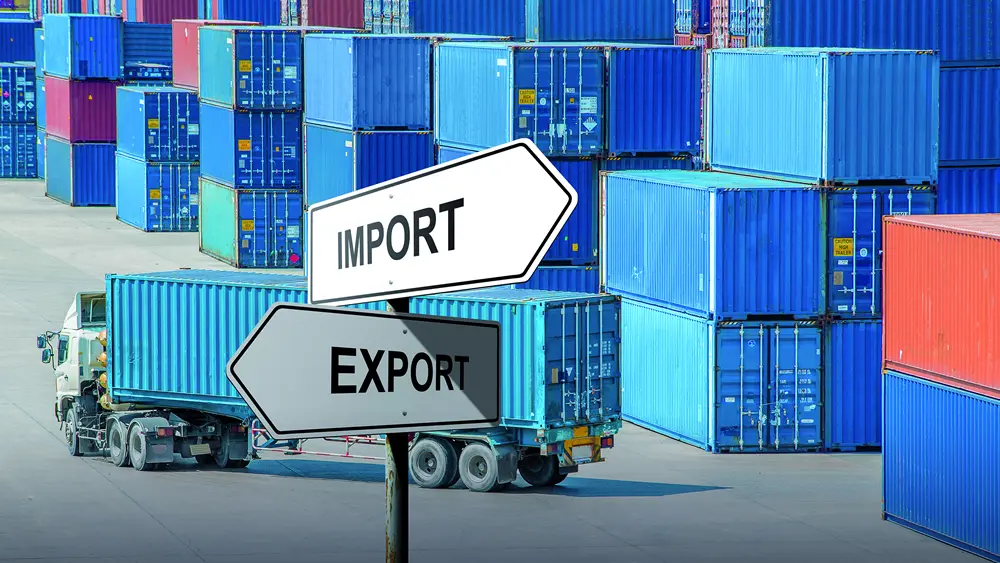Top 10 Global Customs and Compliance Changes in 2025: Essential Insights for Cross-Border Retailers

We are already over a quarter into 2025, and the global trade landscape has undergone significant transformations. These changes, marked by heightened tariffs, regulatory overhauls, and shifting compliance frameworks, are reshaping supply chains, impacting costs, and redefining market access strategies. For cross-border retailers and e-commerce experts, staying informed about these developments is crucial for optimizing operations and reclaiming duties efficiently.
Here are 10 pivotal changes that we at Trade Duty Refund have tracked this year, which trade and logistics professionals should be aware of:
1. U.S. Eliminates De Minimis Exemption for Chinese Goods
Effective May 2, 2025, the U.S. terminated the de minimis rule for packages from China and Hong Kong. Previously, shipments under $800 USD were exempt from tariffs. Now, they face duties of 120% or a flat fee of $100, increasing to $200 after June 1. This policy shift significantly affects e-commerce giants and cross-border retailers, making it essential to understand how to calculate duty drawback and explore duty refund solutions.
2. EU Launches Unified Customs Data Platform
In March 2025, the European Union launched its new centralized EU Customs Data Environment. This platform aims to harmonize digital customs procedures across all member states by 2028, enabling real-time data exchange between businesses and customs authorities. The initiative is expected to cut compliance time for cross-border traders and streamline duty refunds in Europe.
3. IMF Downgrades Global Growth Forecast due to Trade Tensions
The International Monetary Fund reduced its global growth projection for 2025 to 2.8%, citing escalating trade disputes and uncertainties. The U.S. growth forecast was also lowered to 1.8%. These economic shifts underscore the importance of international duty reclaim strategies for global retailers.
4. EU Expands Use of the Carbon Border Adjustment Mechanism (CBAM)
The EU expanded the scope of CBAM in January 2025 to include additional high-emission sectors such as hydrogen, polymers, and complex fertilizers. This affects imports from non-EU countries and requires importers to submit quarterly emissions data, impacting cross-border trade and duty drawback calculations.
5. UK Implements Full Customs Controls on Irish Imports
Starting January 2025, goods moving from Ireland to Great Britain require full import customs clearance to align with post-Brexit customs protocols. This change highlights the need for efficient customs operations and duty refund solutions for cross-border retailers.
6. U.S. Imposes Additional Tariffs on Chinese Imports
In early 2025, the U.S. implemented a 10% tariff on all Chinese goods, affecting a wide range of consumer products. Since then, tariff rates have fluctuated, but the move is expected to increase prices for American consumers and has prompted retaliatory tariffs from China. Cross-border retailers must adapt their strategies to navigate these changes and explore duty-free returns where possible.
7. UK Considers Ending Tax Loophole for Low-Value Imports
The UK government is evaluating the removal of a tax exemption for imported goods valued up to 135 GBP. This policy primarily benefits foreign e-commerce retailers, and its potential removal could lead to higher consumer prices and administrative burdens. Understanding these changes is crucial for reclaiming duties and optimizing cross-border trade.
8. Canada Imposes 25% Tariffs on U.S. Consumer Goods
In response to U.S. tariffs, Canada announced an immediate 25% tariff on approximately $20 billion worth of U.S. goods, with an additional 25% tariff on another $86 billion worth of U.S. goods in March. These tariffs primarily target food, beverage, apparel, and cosmetics, significantly impacting U.S. exporters and cross-border retailers.
9. e-Commerce Platforms Hit Hard by Tariff Reforms
Since January 2025, major e-commerce platforms have faced heightened scrutiny and tariff penalties due to regulatory overhauls in the U.S. and EU. The elimination of the de minimis exemption in the U.S. for Chinese goods alone affected more than 1 billion packages annually, leading to tariff collections exceeding $7 billion USD in Q1 2025. Meanwhile, the EU is expanding VAT collection on e-commerce sales and cracking down on customs undervaluation, making it essential for e-commerce experts to stay informed.
10. Cross-Border Retail Returns Face Tariff Scrutiny
Global customs authorities are tightening controls on cross-border returns, particularly for high-volume e-commerce transactions. Previously, many returned goods were exempt or lightly regulated, but since early 2025, countries including the U.S., EU, and UK have introduced stricter rules requiring full customs declaration and payment of applicable duties. This shift has increased operational costs for retailers, and returns now account for up to 15% in additional customs handling fees.
Is your company struggling to keep up with global trade and customs duty changes this year? As a dedicated customs broker, Trade Duty Refund can help cross-border retailers and e-commerce platforms understand regulations and claim back duties paid—especially on returned items. Schedule a free discovery call to learn more!

